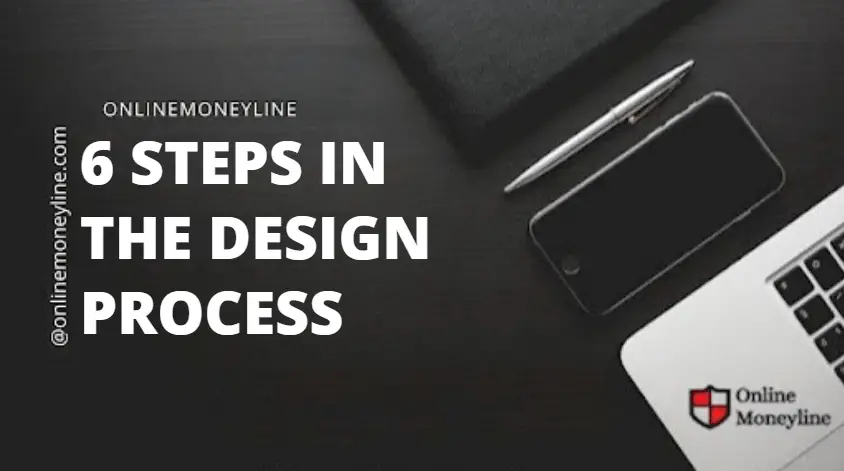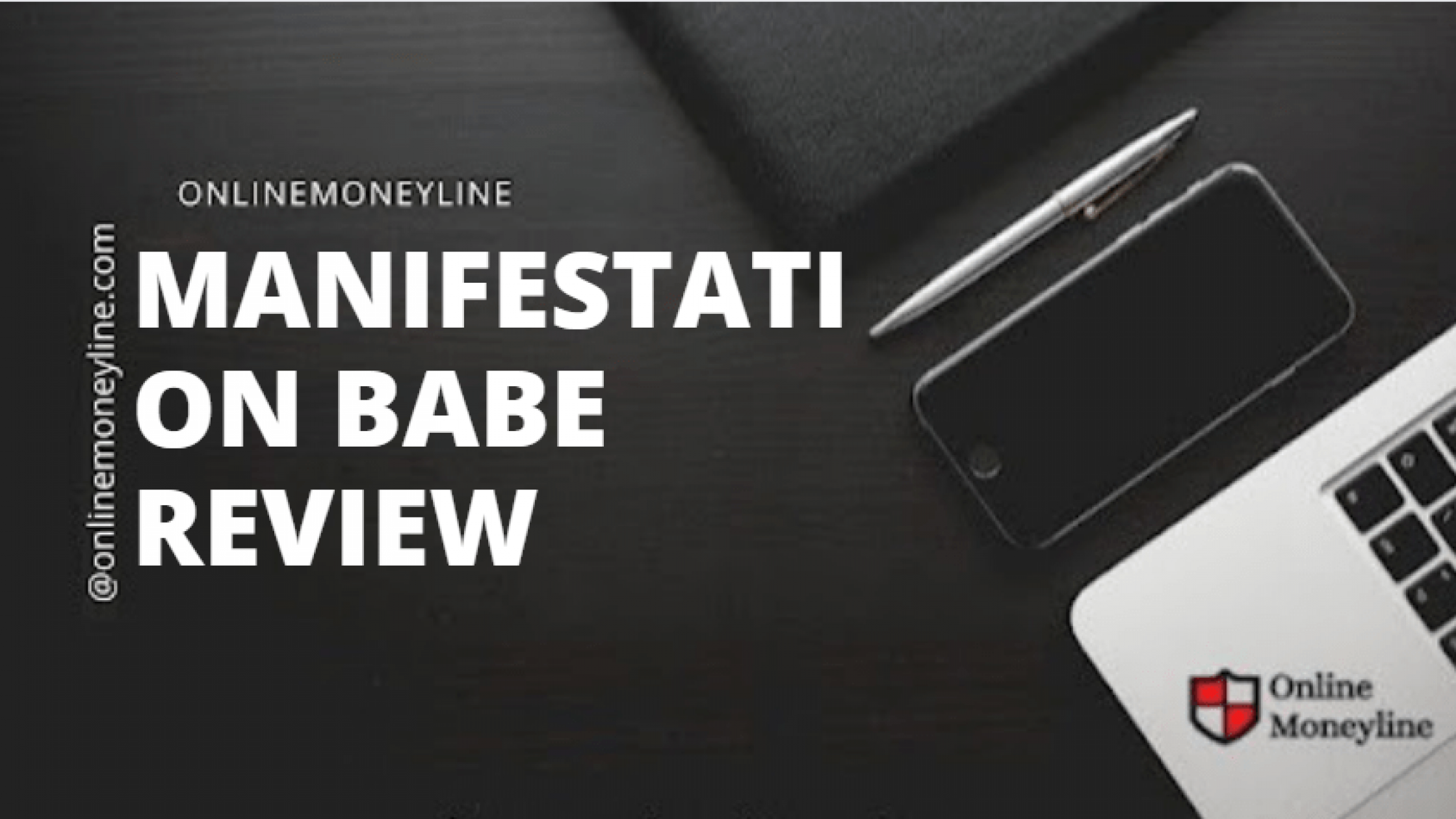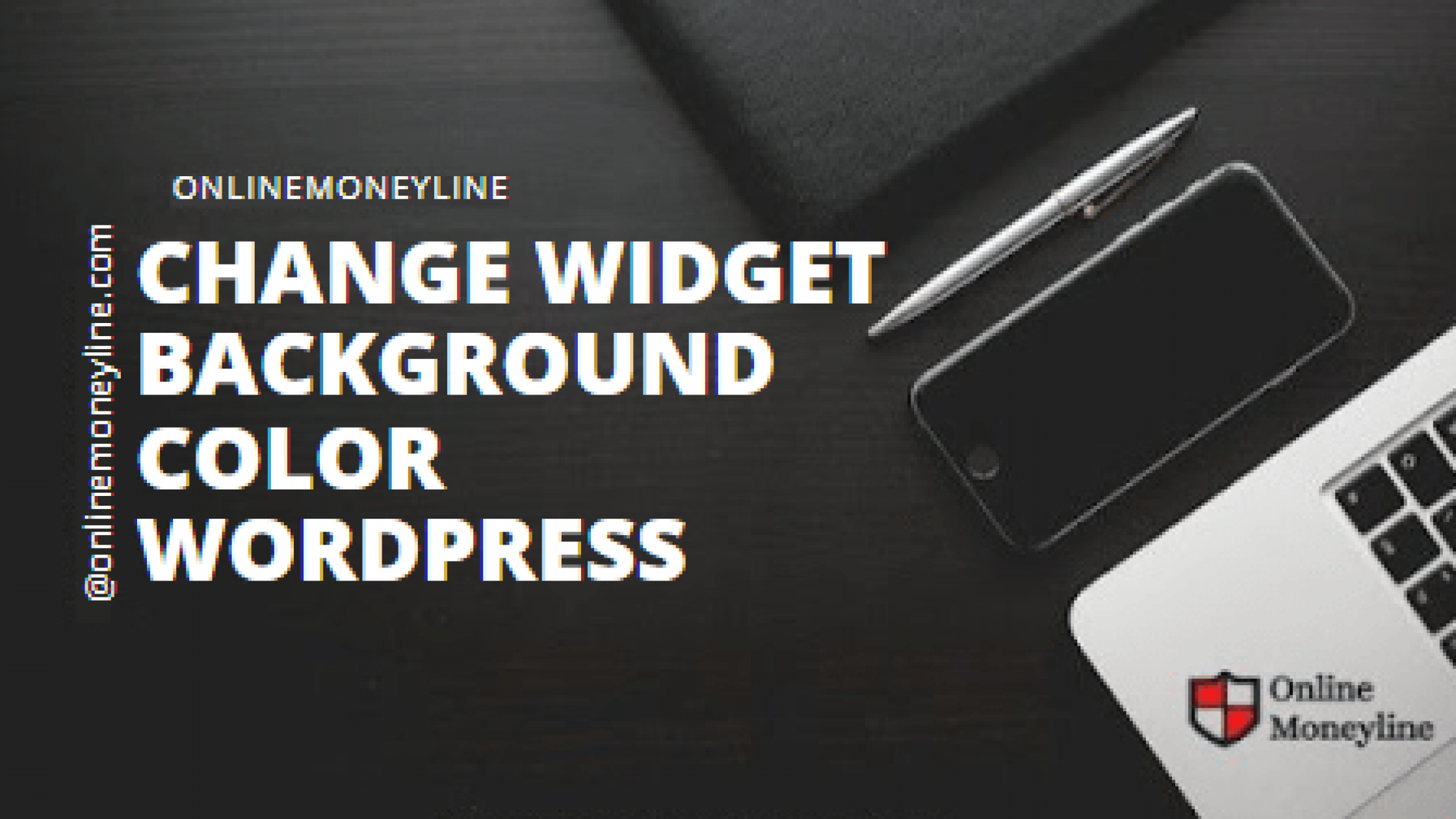What is Design Process?
If you’ve attempted to find out about Design Process it may appear confusing or complicated however, it’s neither.
Design Process is typically described as a problem-solving process, however this is a reason why it could be unclear. If you’ve ever looked up a list of steps to follow in designing, then the very first step was likely “define the issue”.
Many designers don’t have a specific problem to address, and the first step they consider isn’t a good idea. Some designs aren’t focused exclusively on solving issues. Instead of focusing on problems to be solved typically, designers have a target to meet (like selling the product) or are required to design a specific product (like logos and web designs).
Related:How To Make Money On Fiverr
The Design Process Is A Method to determine what you Should Do, And Making It
In the process, you could resolve one or more issues and try to accomplish an objective, or develop something that is specific. The initial step in understanding the process of design is that it’s not about doing things in the “right way” or the “wrong method”. The process of design is a way you can use to be more imaginative effective, efficient, and precise. The method should be adapted to you, not the reverse. This isn’t a strict list of steps to take, rather a tool to utilize to achieve better results. The purpose for this document is to show you how to utilize this design method to address actual scenarios.
The reason Design Process is important
Certain creative professionals depend on inspiration and their unreliable creativity to generate the most effective ideas. This means that on days, when they aren’t feeling in awe, they’re not productive. Even when you get inspired, often your creativity can lead you to the wrong direction and you develop a plan that fails to work even though you’re delighted about it.
Design Processes Are The Solution For Both of These Issues
Design process allows designers to be productive and innovative and independent of their inspiration.
Design process is a way to ensure that creative ideas don’t wander off the track.
Six Steps To Design Process
Problem Definition
First, you must know as much as you can about the project you are working on.
The goals of the projectWhat does the client want? Essential background information, such as:
- Medical concerns- understanding of limitations due to medical usage on the devices (e.g. the patient information being stored confidential? concerns)
- The physiological and biological aspectsBasic knowledge of the medical field that your device is marketed, including demographics
- technical problems — understanding of technical aspects related to the design of the product (e.g. the absence of metals when device is to be used in an MRI chamber) in addition to the specifics of competing technologies.
Step 1 1. Preliminary Design
Ideas must be first developed by brainstorming alternative solutionsThe key is to utilize your imagination to create the most diverse design ideas as you can (nothing is beyond the realm of possibility at the moment).
As of now, there shouldn’t be no design evaluation at this point, but just the concept generation.
Sketches are extremely important to help you visualize your ideas (and should be kept in a sketchbooks for design).
Step 2 Select A Single Design To Follow
Check each design against things found in the PDS to determine which one is most compatible with the requirements. Utilize a design matrix to judge your design against PDS requirements. This is where you can combine the best aspects of various designs to create one final design. Once a decision is made, revisit to review the decisionRemember that it’s much easier to make changes when you’re writing them down than once the item has already been constructed!
Step:3 Design Detailing
When you are filling in the details of your design, you must constantly examine your design.
Here, you’ll look at things like:
- Dimensions
- Materials, fasteners, etc.
- Analysis (loads flow rates etc.)
- More sketches and sketches
- It can also be useful at this point to construct basic models. This helps in understanding the spatial relations of the design, how various parts work together and how they interact. Use common materials to build models You can make use of anything like popsicle sticks or coat hangers to any other item that can be used.
Step 4: Assess the Design
When a design is chosen It is essential to continue review during the whole process. Here, you must review the entire design before you begin building.
Step 5: Create a prototype
Finish all design sketches and create a fully functional model of your device. Consider 3D printing in the Makerspace or using other methods of fabrication (consult with the COE’s Student Shop or the TEAM LAB). Prior to requesting the purchase of a 3D printed component, make certain that the same item is not available or can be bought (e.g. the box that will house the circuit you are planning to use). Design is a process of creativity which can be found in various situations. The steps below provide an organized format to design a formal process that is based on industry models.
Step 6: Examine The Situation
Before you begin the design process, you must determine the problem you want to solve.
Add More Steps
Write a Short
Make a short note of an overview of the problem that needs to be resolved.
Find The Cause
Sometimes, problems is solvable “straight from your mind,” but in most instances, you’ll need to learn new details and understanding.
Write a Specification
This thorough description of the issue outlines the goals the design has to achieve and the limits that could affect the final design.
Work Out Possible Solutions
Combining your ideas with the information you have gathered from your research to propose a range of possible designs. Create a sketch of your ideas on paper.
Select the most appropriate solution
Choose the best solution to create. While the solution you choose should have the option that most matches the specifications Other constraints like costs, time or expertise could limit the selection.
Construct A Prototype
Design the product. In the industry, a model is generally built before ultimately the product then developed from it. However, in the majority of classes it is the model that is ultimately the product.
Examine and test the Design
Testing continues as construction process progresses. However, testing the entire model or system confirms that the model is able to perform what it was created. Check the specifications and examine the specifications thoroughly. Ask questions such as What is the design work? Does the design appear appealing? Is the product safe for use? Did the materials used be suitable? What could I have done to improve my idea?
Write a Report
The report documents your efforts in the analysis, planning, design as well as carrying out the actual tasks, evaluating, and communicating. After your creative brief has been accepted, it is both your manual of instruction and also the contract you signed for this particular project. This is a tool that you as the designer will use to ensure that your work stays in order. If you’re ever stumped it’s possible to use this tool.
In addition, using the design brief and adhering to an agreed-upon feedback and revisions procedure assists in managing expectations of key stakeholders as well as collaborators. If there’s a question about whether or not you’ve were on time or on the brand, you can refer to the objectives and specifications laid out within the brief, and then explain the way you achieved them.
Paying attention to feedback from clients and making the necessary changes will allow you to develop into a better graphic designer. For instance, you may contemplate clarifying questions to ask in the initial design brief phase. As you get better in making abstract feedback actionable modifications to design.
- Graphic design is a crucial part of your marketing plan and an established method is the initial step towards success.
- If anticipating customer requirements and design the ideal product or service was simple and effortless, no business would be able to shut down.
- They’d come out with one amazing product after another, remaining on top of the market for years. Instead, a growing pile of unpopular ideas is an important aspect of today’s market. Design is an important method that allows you to divide large tasks into smaller, more manageable phases.
- It’s a key component in the fields of architecture, engineering manufacturing, and engineering because it assists companies in delivering finished solutions that clients are looking for and require. In order to ensure that the best possible outcome, you need to get the feedback of potential customers in various stages, such as before you even make a prototype, or invest lots of money and time into the project.
The amount of steps will depend on the specific technique and industry however, we prefer six steps. If divided into six stages, the design process starts with identifying the issue that the product or design is designed to solve up to the planning, research the design, prototyping, and much more.
Related:Fiverr Gig Description For Logo Design: Best Gig Examples
Make Customer Insights and Feedback In The Front Of Your Design
It’s certainly not enough to simply have access to the data. It is also essential to ensure that your teams are using the information. Prior to launching the development of a new product, you should incorporate crucial customer insight on the top of each board that your team of product developers will be using. This way, you’ll be able to ensure that everyone is using this benefit to improve the speed of the process.
By synchronizing items via integrations You can utilize monday.com to create a central dashboard for your company. With customized widgets, you are able to track real-time information from customer support, marketing CRM, CRM, and many other applications





